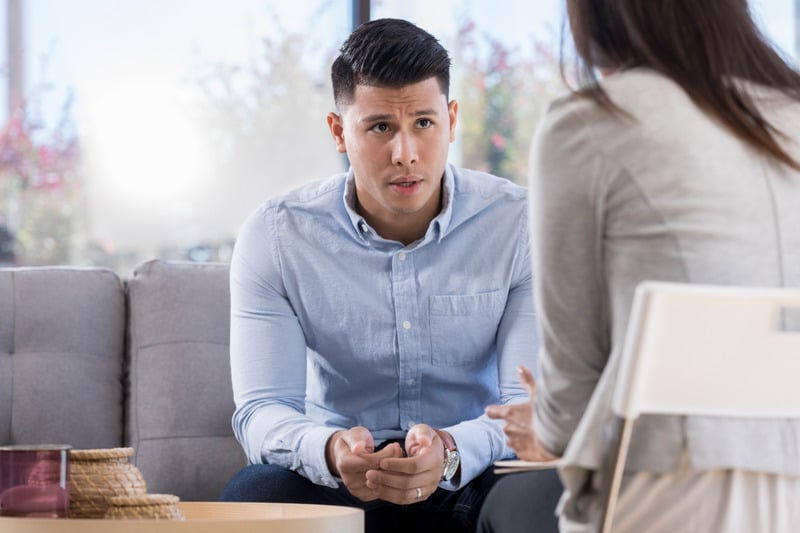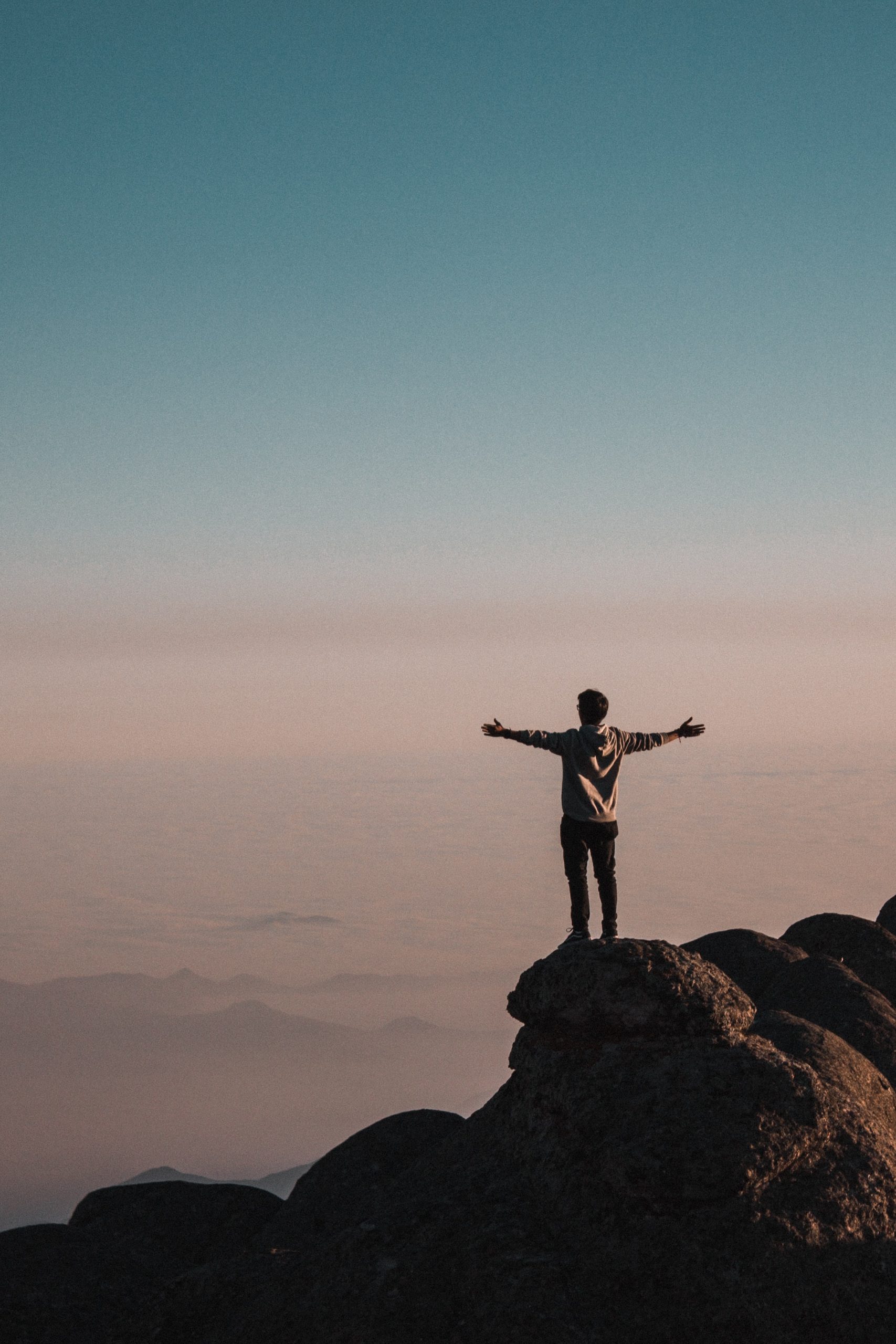

Hope: It’s hard to live without it
April has been designated the National Month of Hope. Other than healthy, satisfying relationships, I can’t think of anything more important to a person’s mental health than hope. Some people will even suicide when they have lost all hope that their life can get better.
This is why, a few years ago, I wrote the blog titled “Coaches as Hope Warriors.” People need hope to survive, and if they’ve lost hope, it is up to the people in their lives—family, friends and professionals—to hold hope for them until they develop the ability to hope on their own.
Psychologists and counselors talk about the cognitive triad of depression consisting of hopelessness, helplessness and worthlessness. People have lost hope, they don’t know how to get it back and they don’t believe they deserve anything positive. Can you see how a loss of hope creates serious mental distress for people?
People typically lose hope when a series of unfortunate events, or possibly one big event, occurs and they develop the belief that life will always be this way—bad things will continue to happen, no one will understand and they will always feel as horrible as they do now. Without hope, it is difficult to endure pain.
When you become a hope warrior for someone, your job is to help that person understand that every crisis offers danger and opportunity. The Japanese word for crisis contains two symbols, one meaning danger and the other meaning opportunity. In every threat, trauma and tragedy, there is a benefit. I call this the GLOW®: gifts, lessons, opportunities and wisdom. People often find the GLOW in hindsight after much time and pain has passed. The real skill is beginning the search for the GLOW when you first experience the pain. This is something you develop with the Mental Freedom® Experience, a daily practice of Mental Freedom® that, when utilized consistently, will help you shorten the process between the painful event and your discovery of the GLOW.
Sometimes people aren’t ready to hope again, and they shouldn’t be pushed. Sometimes hoping is more painful than staying stuck in hopelessness. How is this possible? People are afraid to hope, especially when they’ve resigned themselves to go on without it. You see this with people on death row, close to their execution date. They have resigned themselves to their impending death and raising hope, only to have it crushed, would be more than they could endure. A hope warrior needs to know when to let their family member, friend or client stay temporarily hopeless while holding hope on their behalf and believing in their ability to discover hope again, even while the person doesn’t see it in the moment.
I think of painful events as a coin. On one side is the pain and on the other side is the GLOW. Because our brains are hardwired for negativity, we often pick up that coin with the painful side on top. We stare at the pain, soak it in and make inaccurate conclusions about the future based on it. We are in so much pain, it never occurs to us to turn that coin over to find the GLOW.
Experiencing pain is part of the human experience. Naturally, we feel emotional pain during times of loss, but remaining in that pain is optional. People need to first know there is another side, be aware of what they are looking for and then invest their time and energy in locating it. When they are ready to take the painful situation they have encountered and turn it over to see the other side, they are ready to work toward finding hope.
In the meantime, empathize with their emotions but always communicate the temporary nature of emotions and offer hope for a better future. When the person feels ready to find the GLOW, send them to Olver International where there is tons of free information that can help them. They can also sign up for coaching, if they want that option.
Recent Post



I am in Control

Truth Seekers

The Head, Heart and Hands of Mental Freedom



